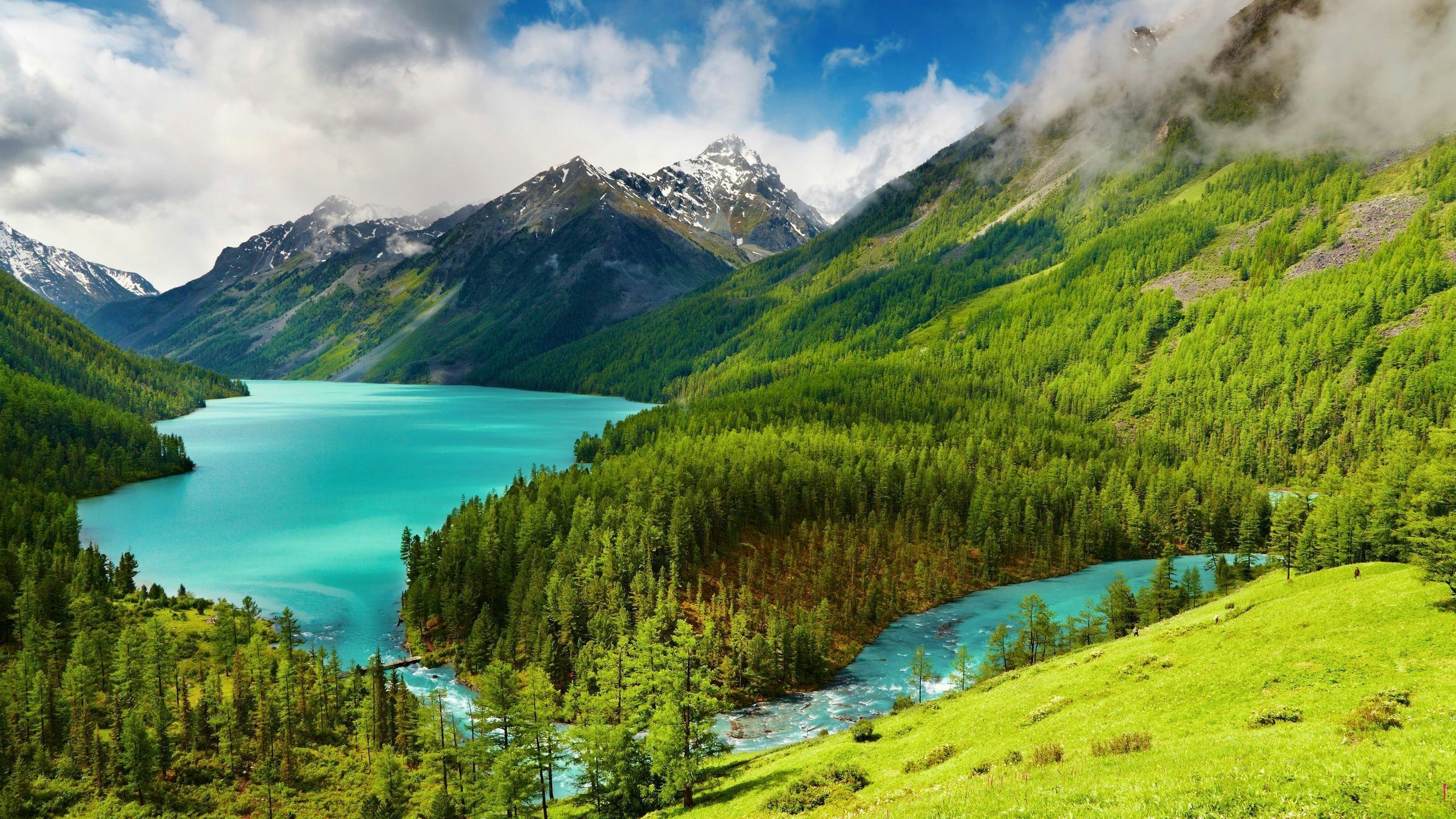Dead Zones
February 19, 2021
Written by Claire Wang

What are Dead Zones and How do They Form?
Dead zones are low oxygen regions in water, also called hypoxic regions. They are called “dead zones” because of the lack of life in those areas.
Dead zones form through a process called eutrophication, when a region of water has too many nutrients, such as nitrogen and phosphorus. These nutrients can come from animal manure, fertilizers, or sewage. As a result, cyanobacteria, algae, phytoplankton, and seaweed grow out of control on the surface of the water, called an algal bloom or a “red tide.” The algae on the surface of the water prevent sunlight from entering the water while also stealing oxygen from the water. Eventually, the algae and other organisms sink to the bottom of the ocean, and in the process of decomposition, even more oxygen is used from that region of water.
Most dead zones are caused by humans due to runoff from rivers into the ocean, but some dead zones occur naturally, such as one in the Baltic Sea. The ones that are caused by humans are usually located on coastlines, due to runoff.
What impact do dead zones have on marine life and humans?
Sea water on average contains about twenty to forty times less oxygen by volume than air, and oxygen also diffuses slowly to sea water. This means that oxygen supply is limited already. In the beginning of the formation of a dead zone, the bottom dwelling creatures are the most impacted, because the light from above is blocked by algae. Later on, other animals die off, including fish, birds, and other mammals because few organisms can survive the low oxygen levels. This event (animals dying off due to low oxygen levels) is called hypoxia.
Dead zones have also been linked to bacterial outbreak among fish, such as striped bass in the Chesapeake Bay dead zone.
Where are dead zones located?
In total, there are around 415 dead zones around the world, and their numbers have been increasing due to pollution and overfishing. The majority of them occur along the east coast of the U.S., the Baltic Sea, and South Korea and Japan’s coastline.
The largest dead zone in the world is in the Baltic Sea and is caused by overfishing of Baltic Cod. Cods are a predator of sprats, an organism that eats zooplankton, and zooplankton consume algae. When the cod population declines, the sprat population increases, making zooplankton numbers to go down, and this causes an algal bloom that leads to hypoxia.

What can people do to help?
People can reduce dead zones by reducing fertilizer use and protecting wetlands because wetlands are able to soak up nutrients that might otherwise cause eutrophication in the ocean. Having a compost bin instead of using fertilizer is helpful, along with building buffer plants if you live in a place close to a large body of water. For more ocean friendly yard care tips, see here.
Chesapeake Bay also is reducing its nutrients level by having a TMDL (total maximum daily load) that shows the maximum amount of a pollutant that can enter without making a negative impact.
In addition, countries around the world categorize regions that are in danger of eutrophication. There are two categories: areas of concern and systems in recovery. Areas of concern are regions that already have heightened nutrient levels in the water and are in risk of eutrophication. Systems of recovery are regions that are recovering from their low oxygen levels. There are thirteen systems of recovery around the world.
